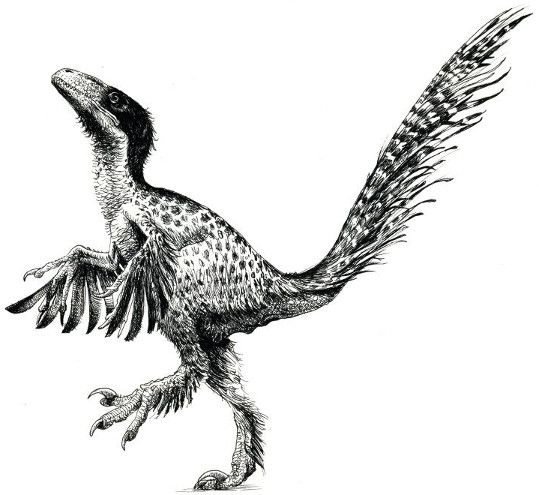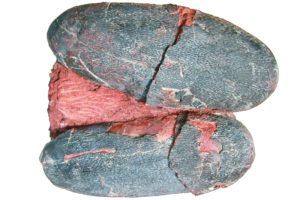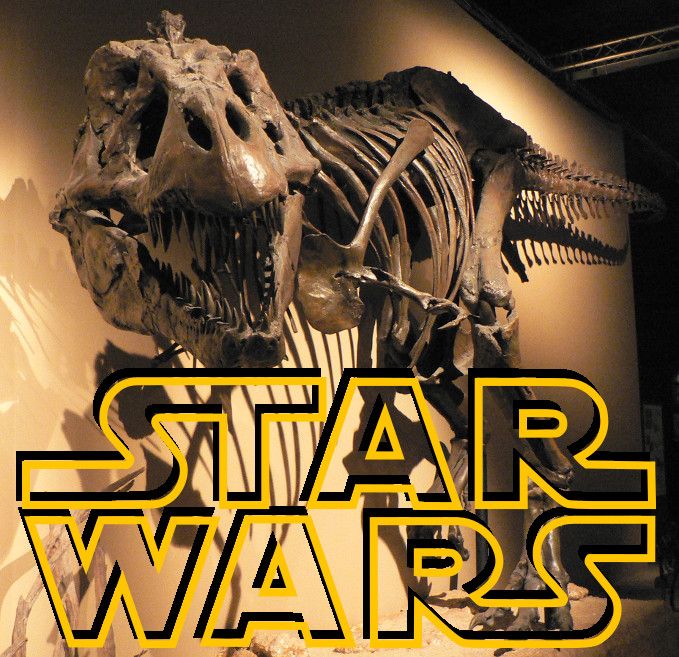
By Nobu Tamura @ Spinops
What Dinosaurs Actually Looked Like
When I was a kid, dinosaurs were gray. Maybe brown. They had scales, and looked like hefty, giant lizards. It seemed like a two-tone world, kind of like black and white TV. The last 20 years have exploded with discoveries that counter long held beliefs. The world of dinosaurs had some color to it. Not everything was a giant scaley monstrosity.
Feather Displays
One of the more well known features today of dinosaurs is feathers. The first one was ‘officially’ found in 1996, and many others followed. Some of the more well known dinosaurs with feathers include the famous Velociraptor from Jurassic Park, as well as young Tyrannosaurus Rex.
Dinosaur Pattern and Design
A discovery made in 2004 led scientists to believe that dinosaur skin had patterns. Camoflauge-like stripes, specifically. A hadrosaur (duck billed dinosaur) was discovered that had soft-tissue – the first discovery of dinosaur soft tissue ever. This dinosaur was found by a teenager initially in 1999, but wasn’t studied until later. Nicknamed “Dakota”, this dinosaur broke the mono-colored mold on dinosaurs. National Geographic did a documentary called Dino Autopsy that you can probably still catch on NetFlix.

Dinosaur Eggs (Credit Tzu-Ruei Yang, University Bonn)
Hues of Spring
In May of 2015 scientists announced the discovery of colored dinosaur eggs. Not like the plain white or brown eggs of today, at least one dinosaur had blue-green eggs. Scientists matched pigments from the nesting environment of an Oviraptor (Member of the raptor family) to pigments of the eggs as they do with modern-day birds. The very existence of color leads to other possible conclusions including that dinosaurs may have cared for their eggs to some degree.
Textbook Evolution
While only discovered in the past 20 years, scientists have been proposing these ideas since the 1960s. You really don’t get to see these ideas in school textbooks until they’re solid scientific fact. Thankfully today, we have those facts, so what we know about dinosaurs can evolve. In the next year or two, pick up a science or biology textbook and find the section about dinosaurs. Skim through and see if they’ve managed to catch up yet, or at least past what was in your textbook.
Heavier Reading:



